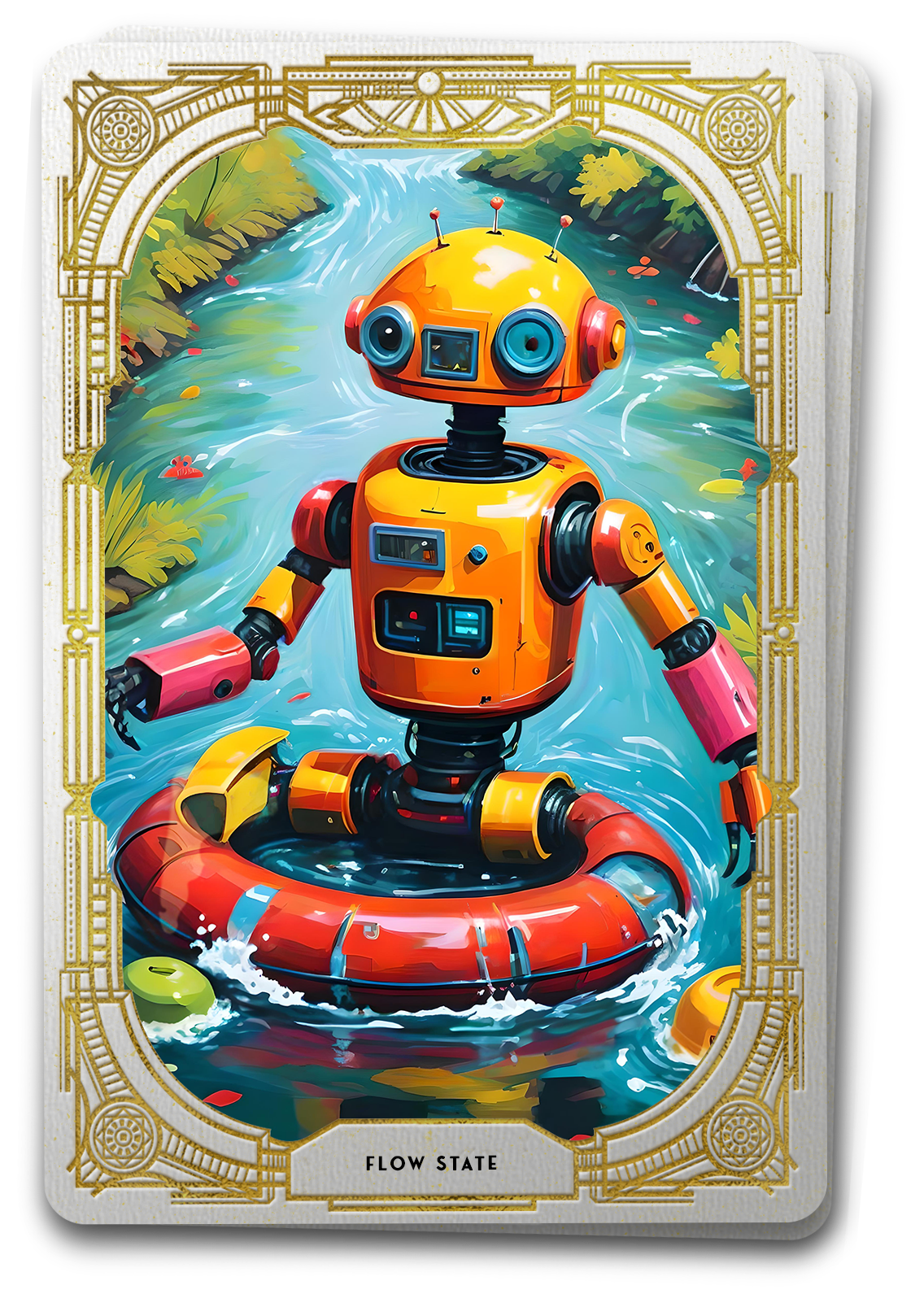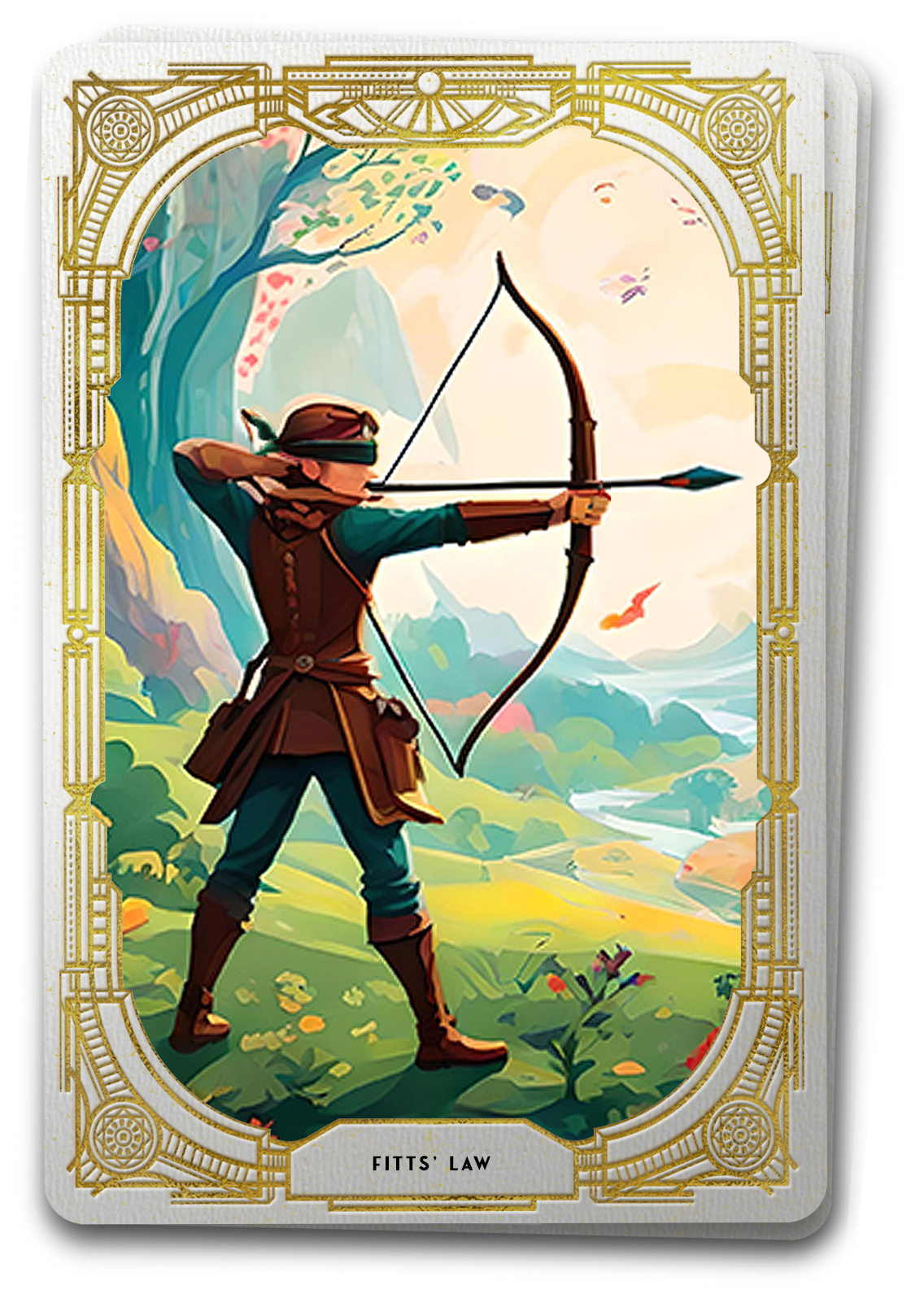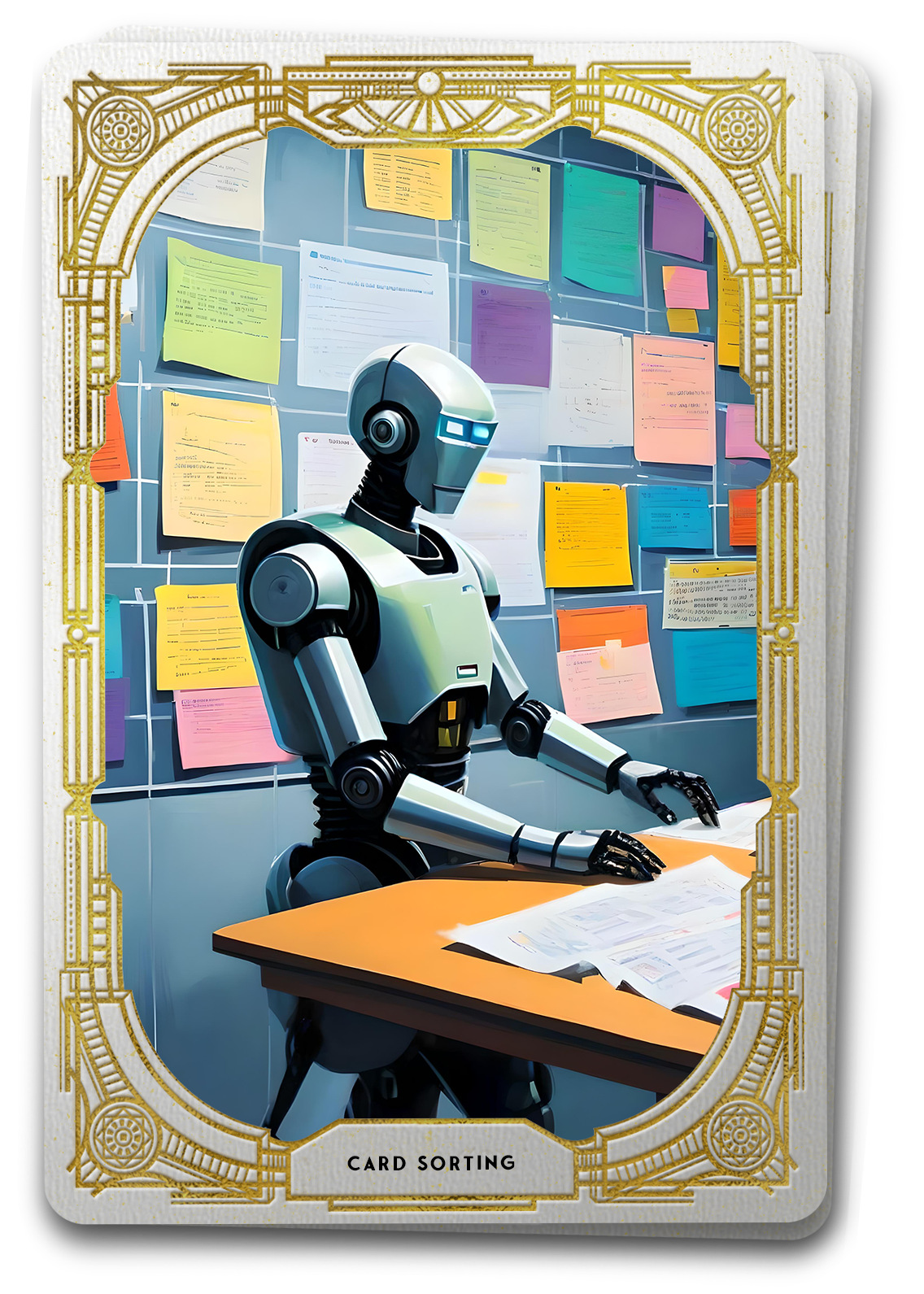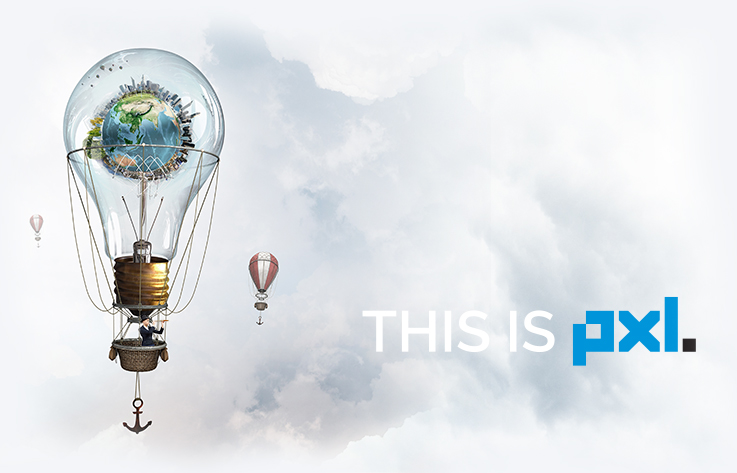
The Tarot Reveals the Flow State:
That feeling of complete focus, enjoyment, and energized involvement during an activity.
Imagine, if you will, the serenity of floating down a river, the gentle current guiding your every move. As you navigate the water, there’s a seamless harmony between you and the surroundings – a state where each twist and turn feels both effortless and purposeful. Much like this immersive experience on the river, the world of user experience design seeks to induce a mental state known as Flow. It’s a digital river where users become voyagers, fully immersed in the currents of energized focus, reveling in the enjoyment of every interaction. Let’s embark on a journey to explore how the concept of Flow shapes these currents, creating seamless and engaging digital landscapes that captivate users.
Inspiration at its Source
Just as the river has its source, the concept of the Flow State (or Flow) finds its roots in positive psychology, attributed to Mihaly Csikszentmihalyi. His studies, spanning several decades, aimed to understand the psychological states associated with optimal human experience. One of his seminal works, “Flow: The Psychology of Optimal Experience,” published in 1990, laid the foundation for understanding the conditions that give rise to this immersive state.
Csikszentmihalyi’s research involved interviewing individuals from various walks of life, from artists to athletes, to unravel the common threads that defined their most fulfilling moments. Through this extensive exploration, he identified the key components of Flow – a state where individuals experience deep engagement, heightened focus, and a sense of intrinsic motivation.
One notable experiment involved participants keeping diaries, documenting their daily activities and experiences. Csikszentmihalyi and his team meticulously analyzed these diaries to identify patterns associated with Flow. The findings reinforced the idea that Flow is not confined to specific activities but is a subjective state achievable in various contexts.
Csikszentmihalyi’s research extended beyond individual experiences to collective and societal implications. He explored how communities could foster Flow by creating environments that encourage individuals to pursue their passions and engage in activities that align with their skills.
Picture the Flow state as the confluence of challenge and skill, where individuals become fully engaged and absorbed in their activities. This psychological state reflects the innate human desire for immersive experiences, where the journey becomes as rewarding as the destination.
Crafting Seamless Journeys
In the context of user experience design, Flow serves as a compass, guiding designers to create interfaces that seamlessly match users’ skills with the challenges presented. It’s a delicate dance where the river of interactions flows effortlessly, inviting users to enjoy the journey with every click and scroll.
Just as a skilled navigator effortlessly maneuvers down the river, UX designers should seek to craft interfaces that invite users into the Flow state. This involves understanding the user’s skill level and presenting challenges that align perfectly, creating an environment where each interaction feels both intuitive and rewarding.
From responsive design to intuitive navigation, the goal is to emulate the effortless flow of a well-navigated river, ensuring that users remain fully engaged and absorbed in their digital journey. In essence, the digital currents are shaped to provide a sense of accomplishment, much like the smooth navigation down a winding river.
In the digital landscape, envision a website or application where users lose track of time, engrossed in the seamless interaction – akin to the serene and continuous flow of a river. Achieving Flow involves more than just providing challenges; it’s about creating a user-centric environment where the current of interaction feels natural and purposeful.
Strategic placement of content, personalized experiences, and a responsive design are the elements that contribute to the seamless flow, ensuring that users remain captivated throughout their journey. Much like a well-guided river trip, the user experiences every twist and turn with a sense of anticipation and satisfaction.
Practical Tactics for inducing the Flow State in UX Design
Clear User Goals
- Guided Onboarding Tour: Introduce a step-by-step onboarding tour that familiarizes users with key features and establishes clear objectives.
- Goal-Oriented Dashboards: Design dashboards that prominently display users’ primary goals, providing quick access to essential tasks and information.
Progressive Onboarding
- Contextual Tooltips: Implement tooltips that appear when users hover over specific elements, offering contextual guidance and gradually introducing advanced features.
- Interactive Tutorials: Develop interactive tutorials that allow users to learn and practice new features in a controlled environment before integrating them into their workflow.
Feedback Loop
- Real-time Validation: Provide instant validation for user inputs, such as form submissions, to offer immediate feedback on the correctness of their actions.
- Completion Animations: Use subtle animations or progress bars to visually acknowledge the completion of tasks, reinforcing a sense of accomplishment.
Adaptive Difficulty
- Skill-Based Challenges: Introduce progressively challenging tasks that adapt based on user proficiency, ensuring a level of difficulty that matches their skill set.
- Difficulty Settings: Allow users to adjust the difficulty settings within the application, tailoring the experience to their comfort level.
Streamlined Navigation
- Intuitive Menus: Design menus and navigation bars with clear categorization and labels, ensuring users can easily find what they need without unnecessary clicks.
- Smart Search: Implement a smart search feature that provides real-time suggestions, helping users quickly locate content or features without navigating through multiple pages.
Personalization Options
- Customizable Dashboards: Enable users to personalize their dashboards by rearranging widgets, choosing color schemes, and selecting preferred data display options.
- User Profiles: Allow users to create profiles with personalized settings, such as language preferences, theme choices, and default views.
Visual Hierarchy
- Contrasting Call-to-Action Buttons: Emphasize primary actions with bold colors or larger sizes, guiding users’ attention to the most critical elements.
- Hierarchy in Information Display: Use font size, color, and spacing to convey the hierarchy of information, making it easy for users to prioritize and absorb content.
Minimize Distractions
- Contextual Notifications: Display non-intrusive, contextual notifications that provide relevant information without disrupting the user’s current task.
- Distraction-Free Mode: Introduce a distraction-free mode that temporarily hides non-essential elements, allowing users to focus on their core activities.
The Quantitative River
The concept of Flow intertwines with other principles like user engagement and usability. It’s about striking the right balance between functionality and enjoyment, ensuring that users remain in the immersive state throughout their digital interaction. Just as the river’s course is determined by various factors, the digital landscape is shaped to create an environment where users flow seamlessly from one point to another.
Where the Flow State involves creating an environment where users are immersed in their tasks, finding the right balance of challenge and skill, the fork in the river might be Doherty’s Law – which introduces a quantitative aspect to this relationship by emphasizing the significance of system response time. It posits that there exists an optimal threshold, typically around 400 milliseconds, beyond which delays in system response can disrupt user focus and satisfaction. In essence, Doherty’s Law underscores the technical dimension of user experience, emphasizing the need for interfaces to be responsive to maintain a smooth and uninterrupted interaction.
Designers and developers must recognize the interplay between these concepts to create interfaces that not only engage users mentally but also respond swiftly to their actions. A user experiencing Flow State may find their engagement disrupted if the system fails to respond promptly, exceeding Doherty’s recommended threshold. Therefore, the synergy between achieving a Flow State and adhering to Doherty’s Law is essential for crafting digital experiences that seamlessly marry psychological engagement with technical efficiency, ultimately leading to a more satisfying and productive user interaction.
And while the Flow state is the ideal destination, designers must be mindful of other potential pitfalls. Too much complexity or too little challenge can disrupt the delicate balance needed to induce the state. It’s a continual process of fine-tuning, understanding the audience’s preferences to ensure that the digital currents remain navigable and enjoyable.
As we navigate the waters of user experience, the concept of Flow is a guiding current, shaping digital journeys into immersive and enjoyable experiences. Like floating on a raft down a lazy river, the Flow State can be the gentle stream that carries users through seamless interactions, leaving them energized, focused, and fully engaged in the digital journey.





